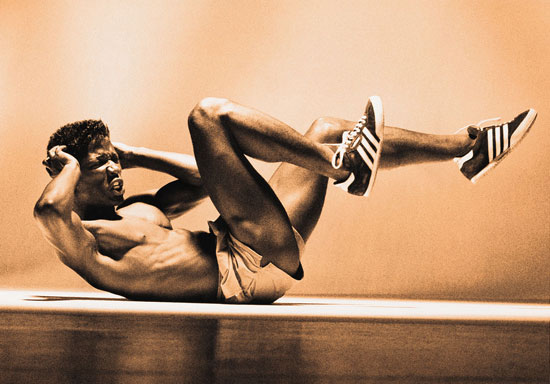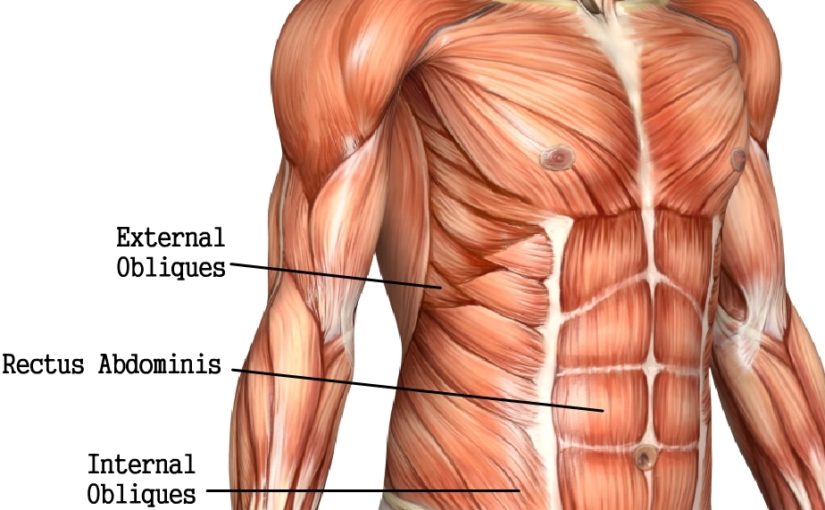The Importance of Core Training
If you’ve listened to the buzz around the fitness world lately or perused the latest workout books, you’ve probably heard the experts referencing core fitness in some shape or form. Traditionally, strength training has been dominated by exercises focused on isolating the muscles of the arms and legs. In fact, if you look at many of the weight machines that have become popular in modern gyms, you’ll notice that they require you to sit or recline while you use them.
While these machines will effectively help you build the muscles that they target, the problem is that, in real life, we don’t use our muscles that way. We lift a box from the floor to a shelf, swing a golf club, push our children on the swing set, or climb a rock wall. In fact, the vast majority of the things we do require all of the muscles in our bodies to function together and be coordinated through our mid-sections, or our “core.”
While those activities may make the use of core muscles seem very obvious, this area, made up of the muscles of our midsection, are actually responsible for quite a few of the more subtle functions as well, including posture, balance and stability.
A weakened core will often result in poor posture and stability, yet we don’t necessarily feel the results of it in areas that show us a direct cause and effect correlation. For example, poor posture, due to a weakened core, might allow our hips to slip out of alignment resulting in knee pain. In fact, quite a few of the chronic muscle and joint pain issues that Americans are suffering with today stem from a weakened core.
It is no wonder, then, that exercise science has taken a dramatic shift in recent years to include the core in strength training regimes. Now, rather than using a machine to first exercise your legs and then your arms, trainers are suggesting that their clients use free weights or bands to combine exercises such as a squat to overhead press. By linking the two, people are forced to transition the exercise movement through their core, and the core muscles in turn help to maintain good posture throughout the exercise. The end result is that we are exercising in a fashion that mimics the movements that we use in everyday life, while creating better posture and increasing our stability and balance.
Here are a few ways to help strengthen your core:
1. Stand Up
Most Americans will spend hours upon hours a day, sitting at a desk somewhere. The last thing you want to do when you go to the gym or workout is to sit! GET MOVING. Try incorporating standing stability exercises to your regular routines such as: Single-leg standing overhead presses or stability ball chest press.
2. Do More Core
A great way to keep the consistency in your core strength is to train your core multiple times per week. Because of the location of the core in the human body, it is able to receive an abundance of nutrients quickly and is able to recover very fast, unlike the larger muscles of the upper and lower body.
3. Breathe
There are very few times in life that we as people forget to breathe. Training your abs is one of them! When you release air out of your lungs, it allows your diaphragm to relax. When this happens, your abdominals are able to contract to the best of their ability. This results in more muscle breakdown – more blood flow – more nutrients – better recovery -> stronger midsection.


